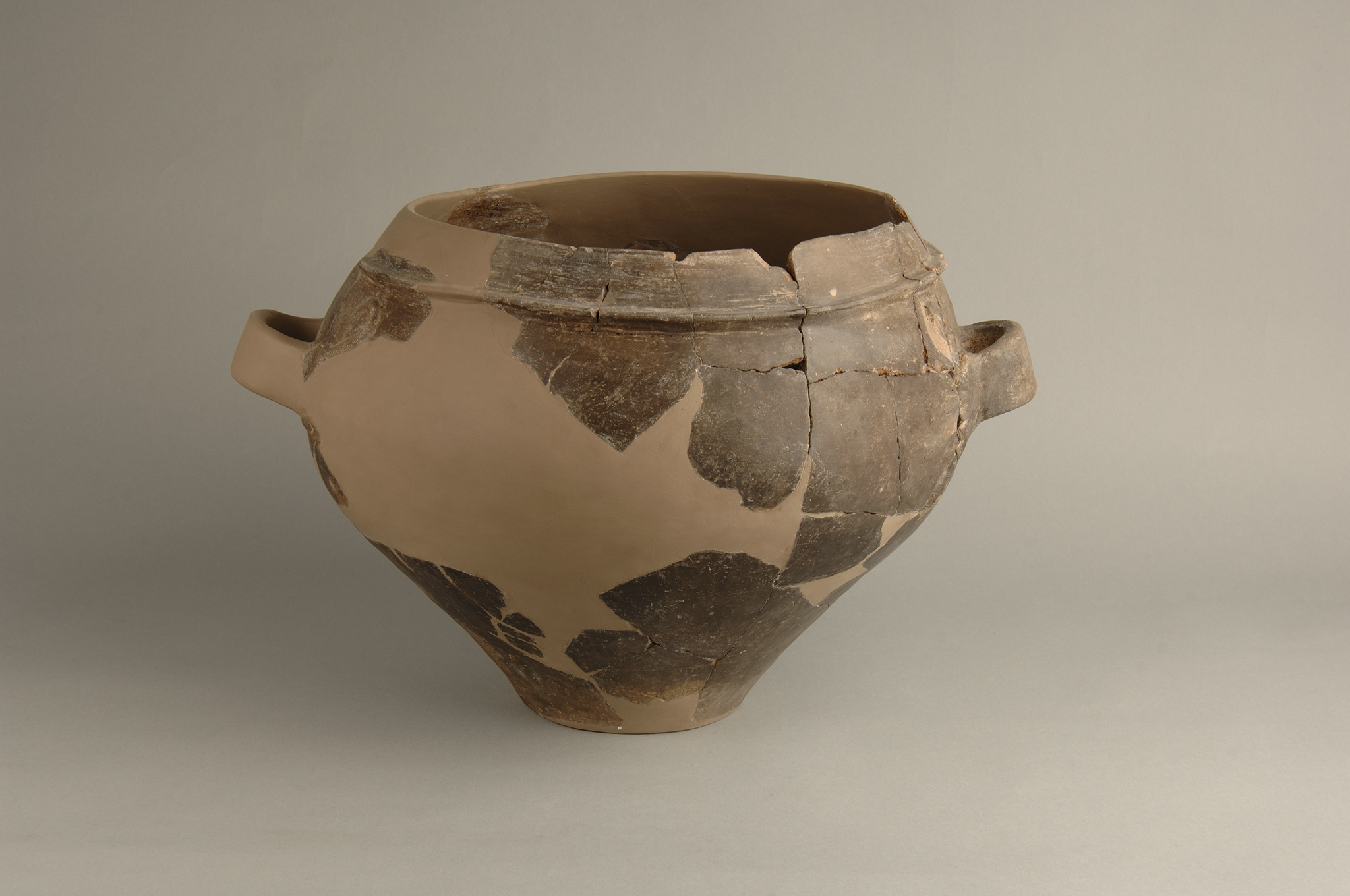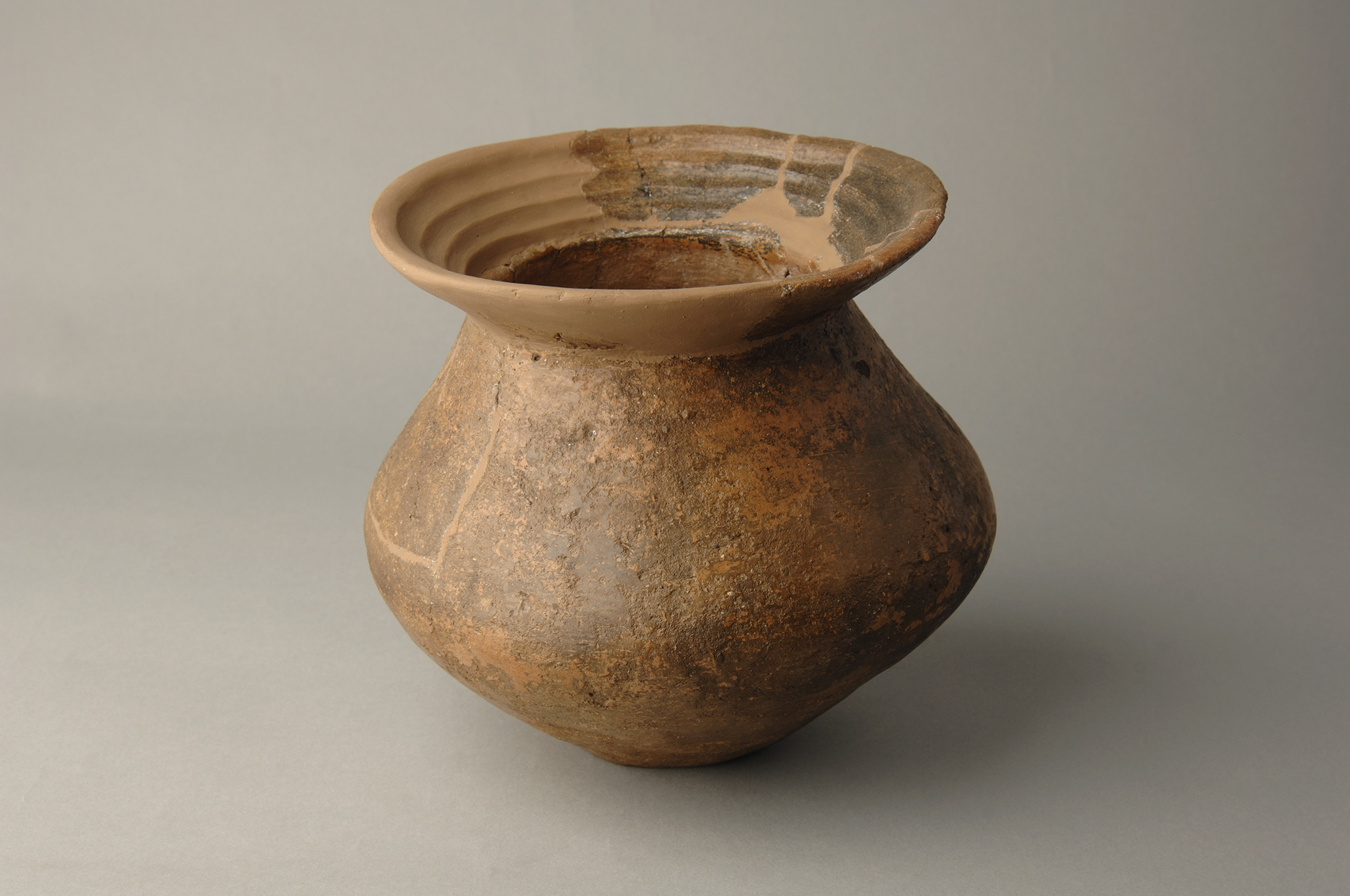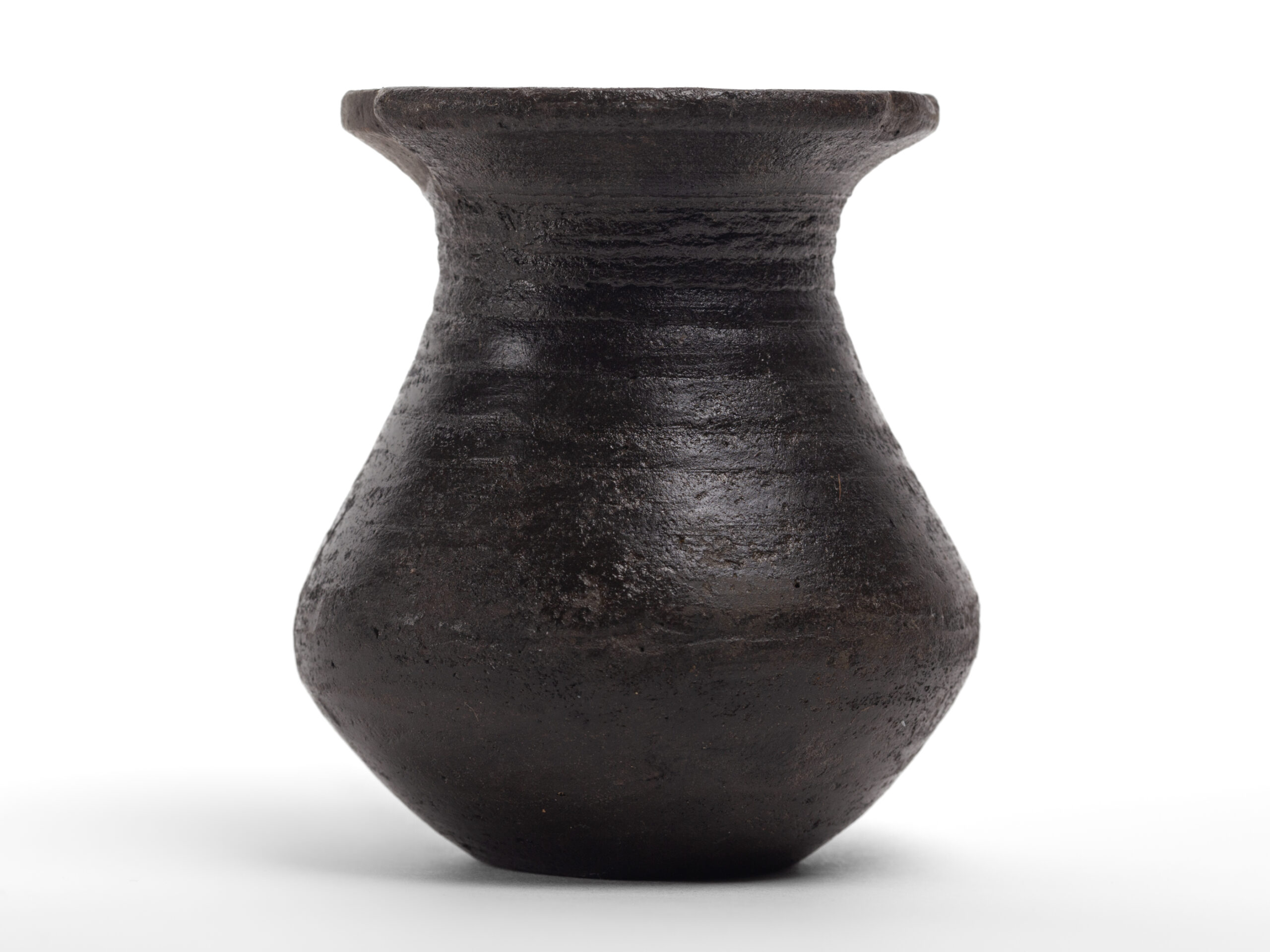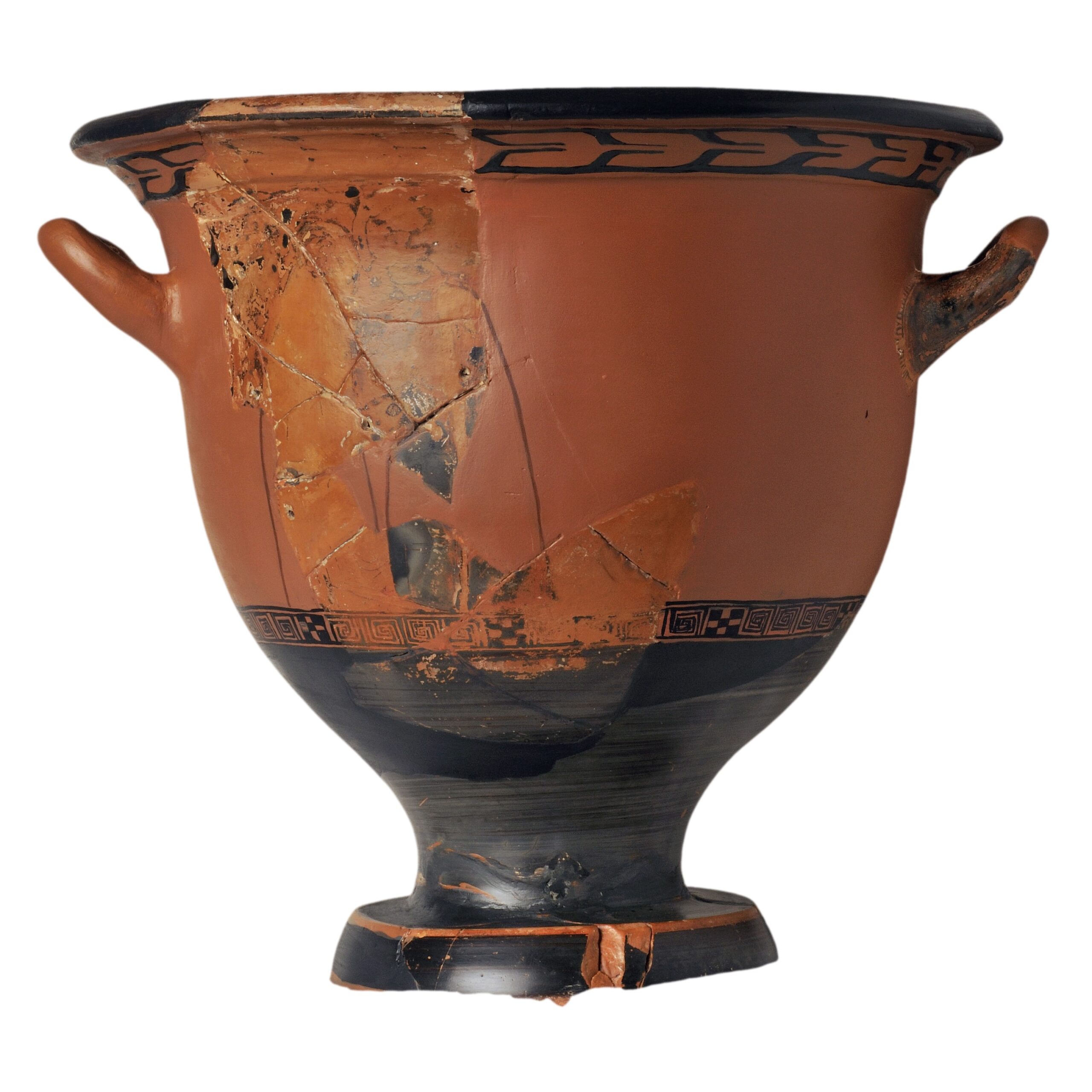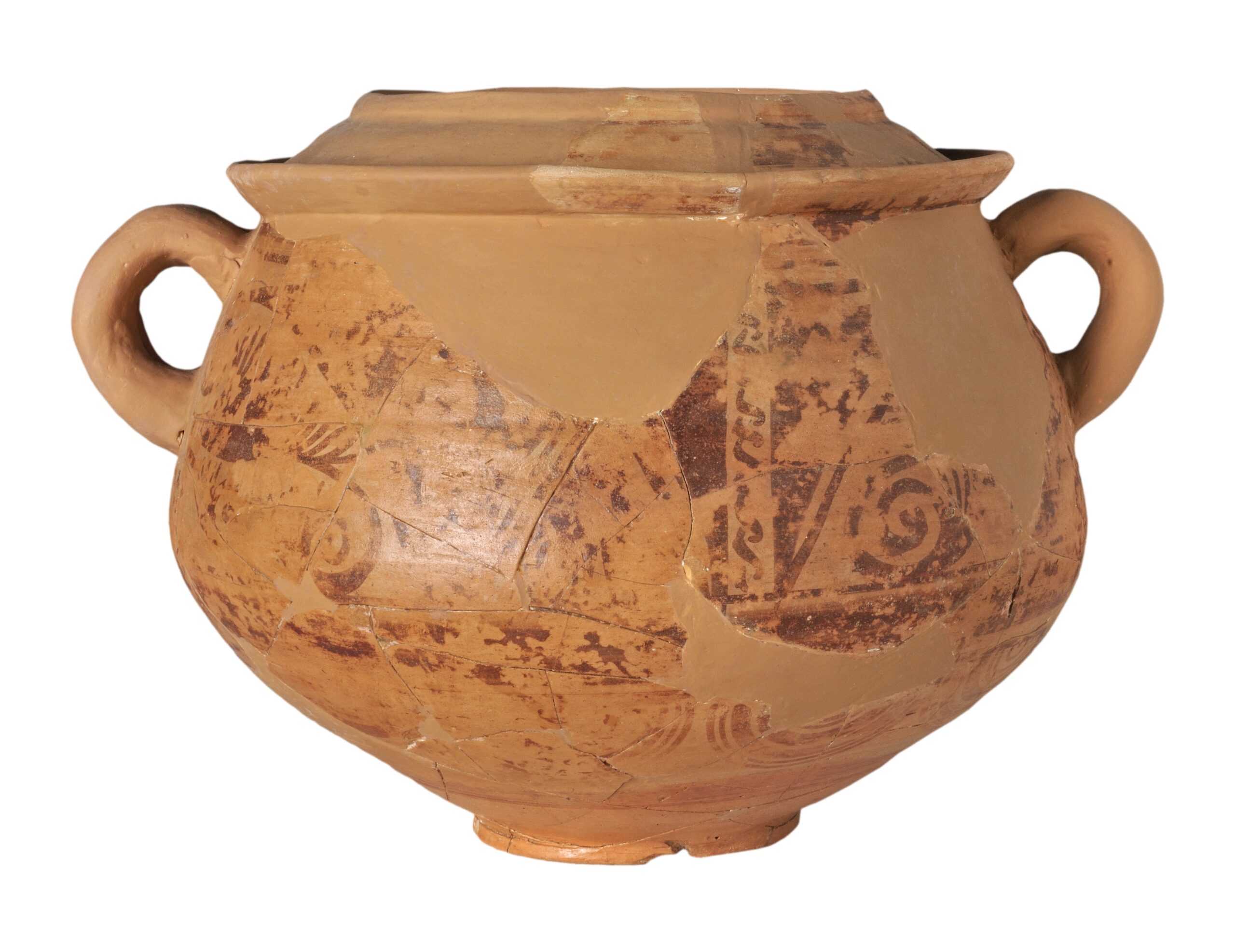- Object type
- urn
- Production date
- -400 / -350
- Fabric -
- Culture
- Protohistory and Iberian world
- Discovery location
- Dalías
- Materials
- limestone
- Township
- Dalias (Europa, Espanya, Andalusia, Almeria)
- Technique
- carving
- Where is it?
- Reserva provisional
- Dimensions
- 240 x 270 mm


